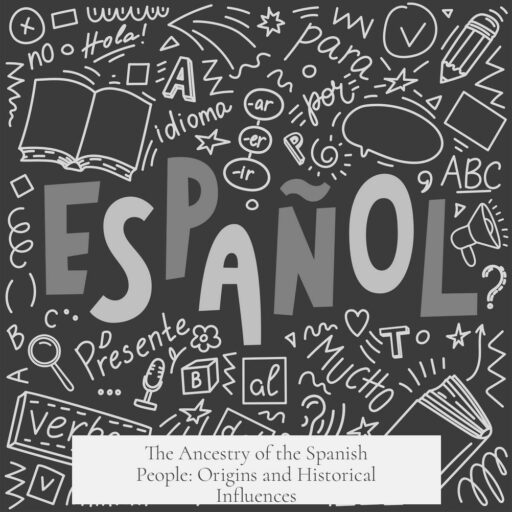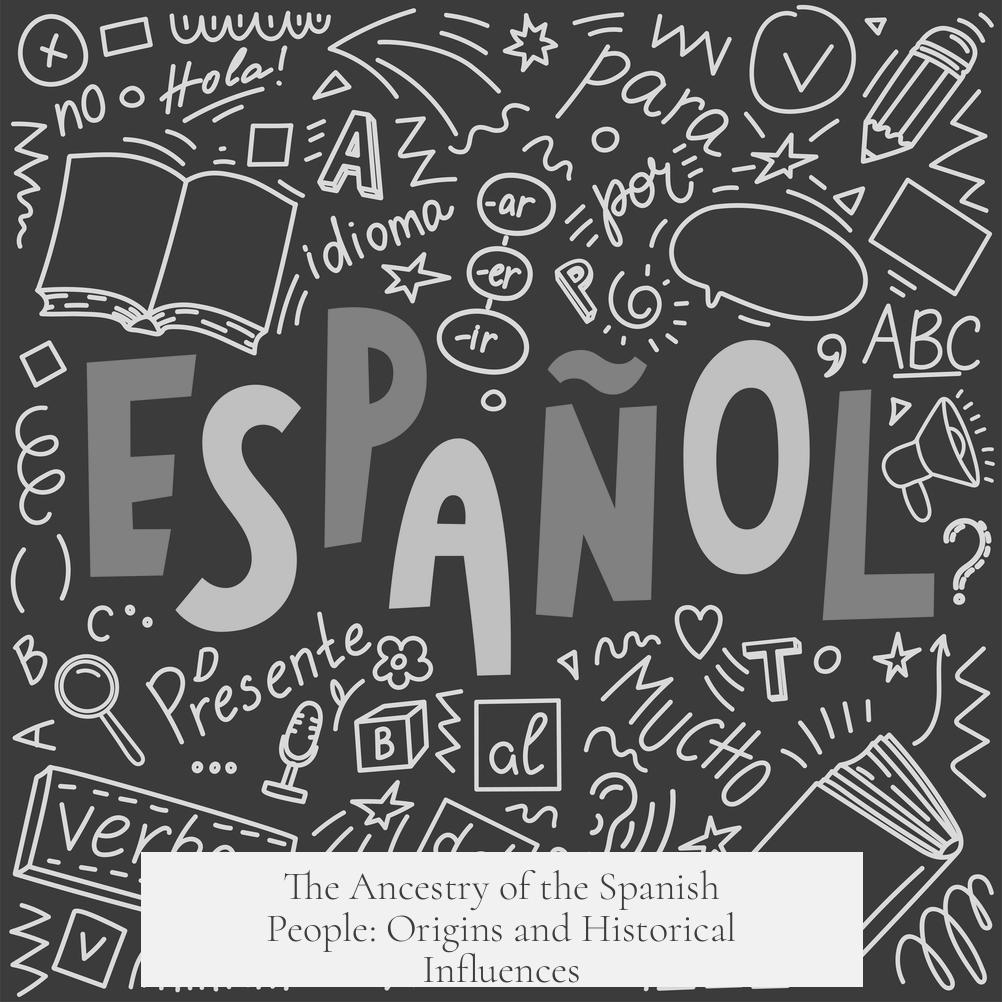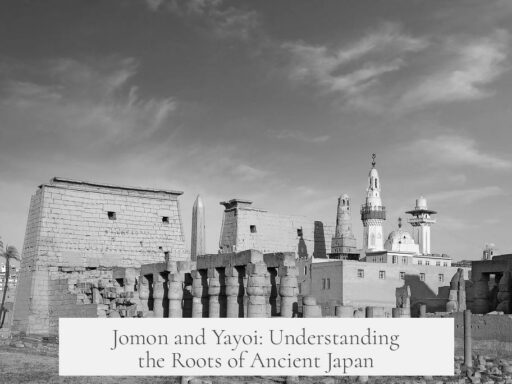The Spanish are descended from a diverse blend of peoples who have occupied the Iberian Peninsula over tens of thousands of years. They trace their origins to ancient PaleoHispanic inhabitants, Celtic tribes, Romans, Germanic groups like the Visigoths and Vandals, Muslim settlers, and various Mediterranean civilizations such as the Phoenicians and Greeks.
The earliest humans arrived in the Iberian Peninsula during the Paleolithic era, around 35,000–40,000 years ago. These ancient groups set the stage for the cultural and genetic foundation of the region. Later, indigenous Iberian populations emerged around 4000–3000 BCE, settling primarily along the Mediterranean coast. During the Iron Age, Celtic peoples migrated into the peninsula and mixed with the Iberians, forming the Celtiberians in the north-central areas.
The maritime Phoenicians, followed by Greeks and Carthaginians, established trading colonies along the coasts, bringing additional genetic and cultural influence. This interaction further diversified the local population.
Roman expansion during the 2nd and 1st centuries BCE deeply impacted the region. Roman conquest united much of Iberia as the province of Hispania. Latin became the dominant language, evolving into the various Romance languages spoken today, such as Spanish, Catalan, and Galician. Basque, however, remains distinct, predating Roman occupation and retaining a unique linguistic identity.
As Roman control waned, Germanic tribes from Central Europe—including the Suebi, Vandals, and particularly the Visigoths—settled and ruled Iberia during the early medieval period. The Visigoths succeeded in unifying the peninsula politically and legally, blending their customs with Roman traditions and native cultures.
In 711 CE, Muslim forces from the Umayyad Caliphate conquered most of the Iberian Peninsula, establishing the region known as al-Andalus. This period of Islamic rule lasted several centuries, until the Christian kingdoms in the north—León, Castile, Aragon, Navarre, and Portugal—gradually reclaimed territory in the Reconquista. The eventual Christian conquest of Granada in 1492 marked the end of Muslim rule in Spain.
The Reconquista not only altered political bounds but also changed demographic patterns. Spanish kings pursued policies that expelled Jews and Muslims or forced their conversion during the Inquisition, further shaping the population’s ethnic makeup. Meanwhile, the union of Castile and Aragon under the Catholic Monarchs helped form modern Spain as a unified kingdom.
The mix of peoples varies across regions. For example:
- Portugal has strong Roman and Muslim heritage due to its historical role in Mediterranean trade.
- Northern Spain, especially the Basque Country, remained culturally and linguistically distinct, resisting various invasions.
- Southeastern Spain reveals influences from ancient Greeks and Phoenicians.
Genetic studies support this complex ancestry. DNA evidence links modern Spaniards to surrounding populations in Portugal, France, the Basque region, and even North Africa—reflecting centuries of migration and intermixing. This diversity matches Spain’s geographical position in southwestern Europe at a crossroads of Mediterranean, European, and African influences.
The Spanish ethnic landscape is also multifaceted in contemporary times. The nation includes various regional identities such as Andalusians, Catalans, Galicians, and Basques, each with their own linguistic and cultural traits. Minority communities like Sephardic Jews, Berbers, Roma (Gitanos), and others contribute to this rich mosaic.
Globally, the Spanish diaspora is estimated to be around 300 million people, spreading across the Americas, Europe, and beyond. The Americas host large populations with Spanish ancestry, including many who identify as Mestizos—mixed descendants of Spanish and indigenous peoples. Countries like Argentina, Mexico, Venezuela, and the United States have significant Spanish-descended communities.
| Country | Spanish Diaspora Population | Born in Spain |
|---|---|---|
| Argentina | 404,111 | 92,610 |
| France | 320,749 | 250,153 |
| United States | 192,766 | 48,546 |
| Germany | 182,631 | 61,881 |
| United Kingdom | 181,181 | – |
| Venezuela | 136,145 | 30,167 |
| Brazil | 117,523 | 29,848 |
In sum, Spanish people today represent the result of millennia of demographic shifts. They derive from early Stone Age settlers, Indo-European groups, Mediterranean traders, Romans, Germanic invaders, Islamic rulers, and Christian reconquerors. Their regional differences and global diaspora extend this diversity worldwide.
- Spanish ancestry is a complex mixture of PaleoHispanic, Celtic, Roman, Germanic, Muslim, Phoenician, and Greek elements.
- Regional variations exist; cultural and genetic backgrounds differ across Spain.
- The Spanish language evolved mainly from Latin, except for unique languages like Basque.
- The Iberian Peninsula’s history shaped Spain’s ethnic diversity through conquest and migration.
- The Spanish diaspora numbers about 300 million, with significant populations in the Americas and Europe.




